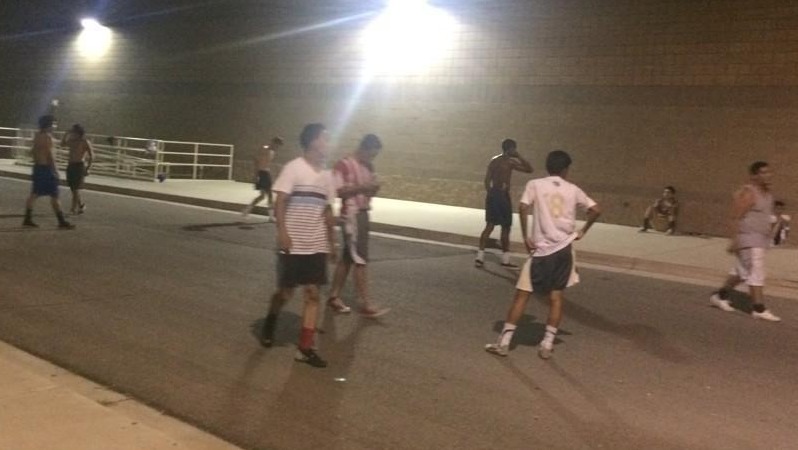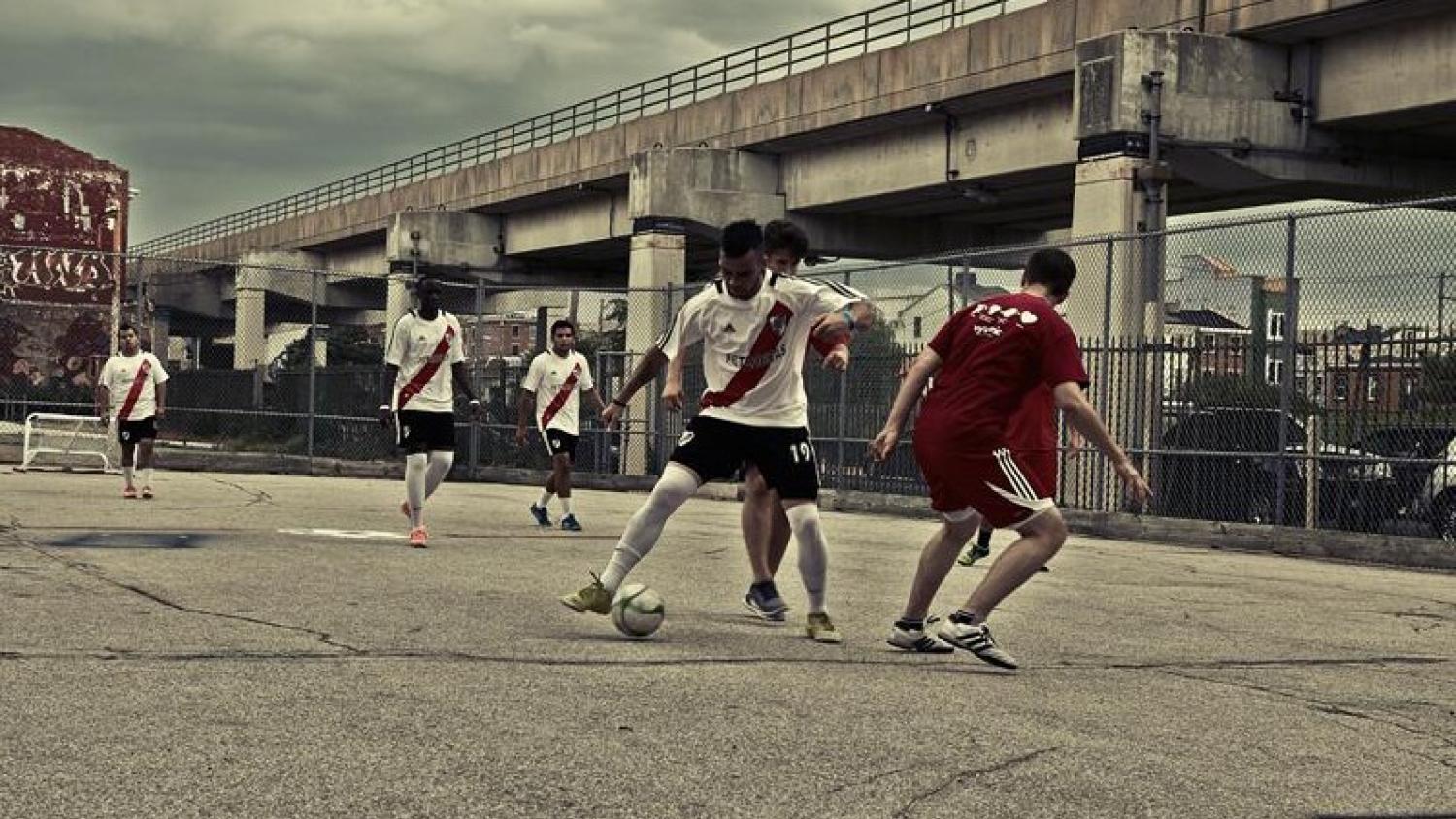Part of the majesty of sport resides in its ability to explain life. There can be more truth in one good competition than an entire Sunday church service. Soccer’s function as a microcosm of life is arguably the most direct in all the sports - and perhaps that is why the planet is so enamored with it.
The game is nothing more than life refined down to 22 people and a ball. The sport is simple with a constant, free-flowing nature. Yet, it is low scoring, providing moments of incredible gravity seemingly out of nowhere amid the struggle of just trying to retain possession of the ball.
In life, everyday doldrums have to be overcome with individual focus, hard work - as well as the vision, courage and discipline to take full advantage of opportunities provided.
In soccer, however, responsibility is spread out amongst the team, and more often than not, so are the traits necessary for success. The defenders are expected to be focused and hard working, the midfield is expected to have the vision to see every single goal-scoring opportunity, and the striker must have the courage and discipline be a clinical finisher.
It would seem, then, that gathering a team of players with the correct characteristics would be just as important as making sure that they have the correct skills. Following that train of logic, the more diverse the group of personalities a team has to pull from, the greater chance it has of assembling the perfect XI.
A diverse XI is a winning XI, if you will.

Photo: @Alex_Torres_07 | Twitter
In Europe, Arsene Wenger argues, the negative affect of a lack of diversity has shown its face: uniformity in training and an over reliance on the academy system has left soccer with a shortage of European-born strikers. Arsene had this to say on the subject:
"If you look across Europe, South America is the only continent that develops strikers. [Most] of the strikers across Europe are South American. If you look at the 1960s and 1970s in England - even when I arrived [at Arsenal] in 1996 - in every club you had strikers, and I mean [actual] strikers: who headed the ball, who were present on every cross. We have less now. Germany went to the World Cup with [Miroslav] Klose, who is 36."
Wenger went on to explain how the respective decline and popularity of street soccer in Europe and South America has led to a disparity in the production of true strikers.
"I believe society has changed…We are much more protected than we were 30 years ago,… a bit softer,” Wenger says. "In street football when you are 10 years old, you play with 15-year-olds, so you have to be shrewd, you have to show that you are good, you have to fight, to win impossible balls. When it is all a bit more formulated, then it is less developing your individual skill, your fighting attitude.”
The notion that hardship, a “baptism of fire,” can create some of the best players is nothing new, and it is definitely not relegated to soccer, alone. The idea that more sophisticated - “formulated” is the word Arsene uses - training can actually be detrimental to the success of a player, is.
Wenger believes modern training spoils strikers by making things too easy, or predictable.

Photo: @Alex_Torres_07 | Twitter
Finishing is the hardest thing to do in soccer. Opportunities are rare, the technique needed to execute regularly deserts even the best of strikers, and the emotional pressure and stress are unrivaled and unrelenting in the wake of prolonged failure. It is not for the faint of heart, or, as Wenger puts it, the “soft.”
A child that grew up poor, playing street soccer, has to over come so much more than their well-to-do counter parts raised in the academy system. This gives them a mental advantage, because playing with children twice your size and struggling to get by every day hardens a player against the pressures of playing striker.
If positions in soccer are thought of as characteristics in people, the melting pot of America surely has the potential to produce a world class XI. In order to reach that potential, however, soccer must be played by the people of every socioeconomic class. It has already invaded middle America, but there is still much ground to break. Today, street soccer is largely a South American and European import, put on for the sake of exhibition (as in the video below) versus being embraced by the youth of our country.
The United States needs street soccer if it is ever going to assemble a world class national team. Organized youth soccer is already tremendously popular in the U.S., but that popularity could lead to the same kind of problem that Europe is facing today. Specifically, uniformity of training leading to low diversity in the type of player produced.
In order to prevent this, soccer needs to take off on streets and playgrounds of America, from the littlest towns to the largest city blocks in the country. The population of players from which the U.S. has to choose from will then be as diverse as the population of America itself. Only then can the U.S. reach its full potential as a soccer power, and make no mistake, nothing less than our best will win the World Cup.



